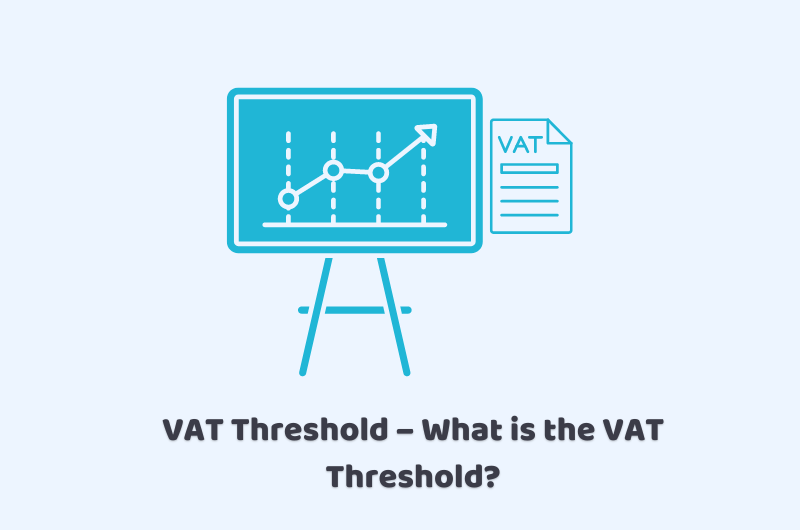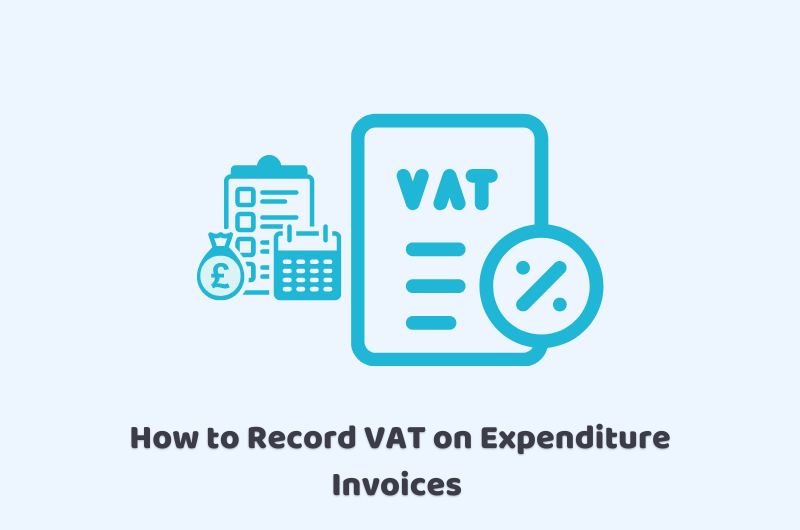
02/08/2022VAT
Whether you are carrying out a small business or large, when you are residing in the UK and running a business, you are supposed to get your business registered for VAT. This limitation becomes a condition after the annual turnover of your business has crossed a certain limit of the threshold. Wondering what is VAT threshold? You must be a beginner and this guide will help to gather information about everything that you need to know about the VAT threshold.
You should keep in mind that if you fail to get your business registered for VAT after you have crossed the certain threshold limit, this negligence can result in serious consequences and penalties problems for your business. HMRC will not spare any such business that does not consider getting registered for VAT even after touching the threshold limit. To avoid unfavourable consequences for your business, you should know about when is the right time to register for VAT, what is the limitation of the VAT threshold, and how can you make this process seamless by joining the VAT accounting schemes.
Do get in touch with one of our experts to get your VAT queries answered quickly. We will help you decide about VAT registration with a clear mind.
What is the VAT Threshold?
We all know that in the UK, the VAT threshold is set as £85,000. This will remain the same till the end of March 2024. By this, we understand that if you foresee your business making the amount of £85,000 a year or your business is already at such a level that is making this limit of revenue, it is now bound enough to register for VAT. On the other hand, if your business is not making this much revenue and you do not even foresee it shortly then there is no such requirement for you to register your business for VAT.
Moreover, you should keep in mind that the threshold for VAT keeps on changing. No limitation is set as the final one related to the threshold. There has been always an increase in the threshold with time. However, an exception was made by the government and the threshold was frozen in the year 2017 and it will remain till the end of March 2024 to help the businesses grow out from the consequences of uncertainty. If your business aims to register for VAT, you can do that online as well by using the portal provided by the UK government.
Once the process of VAT registration is complete for your business, you will receive the following for the sake of confirmation from HMRC:
- Details of first VAT payment
- The date on which your business registered for VAT
- Your VAT registration number
Moreover, after your business is registered for VAT, you will have to consider a few responsibilities being a VAT-registered business. These include the following listed points:
- You are now required to keep an accurate record of VAT.
- Ensure that your business submits VAT returns on time to HMRC.
- Make sure to pay VAT for the products you are buying for your business.
- You have to charge VAT on the products and services that your business offers to your consumers.
Register Your Business For VAT – When is the Right time to do it?
You are liable to get your business registered for VAT for one of the following reasons:
1- The Turnover of your business has reached £85,000 or has exceeded the limit for a year.
When you see your business turnover will exceed the limit of the VAT threshold for a year now, it is required to inform HMRC within the time of a month. Consider this month in which you went over the limit as mentioned above as well. We will take an example of a business that is observing its financial details on the 15th of April. You have just figured out that the £10,000 job that you did back on the 5th of April is making your turnover £90,000 for a year now. You are now liable to bring this to the notice of HMRC by the end of May.
2- You are seeing your business turnover touch the figure of £85,000.
In the above-stated scenario when you figure out that your business will reach the limit of the VAT threshold in near future, you become liable to get your business registered for VAT within the time duration of a month. It is vital to be clear about the date of realisation when you practically figured out you are touching the limit of VAT threshold will be considered rather than the date you will inform HMRC about it.
VAT Threshold – The Accounting Scheme
Several accounting schemes are offered by HMRC to make the process of charging and paying VAT easier for businesses. Especially in the case of such businesses that had to go through the negative impacts of the standard VAT process. Multiple VAT schemes offered by HMRC include flat rate schemes, cash accounting schemes, and annual accounting schemes. The threshold related to each VAT accounting scheme offered by HMRC varies from one scheme to another.
The Bottom Line
Now that you have gathered a fair amount of information about What is the VAT threshold, we can say that businesses should take VAT registration as a serious consideration to avoid unfavourable circumstances like penalties. If HMRC figures out that you have delayed VAT registration even after finding out your business is liable to do it, you will have to pay the heavy amount as a fine and this is a damaging factor for your business growth. We hope you have developed a better understanding and will handle your VAT registration more efficiently and professionally now.
Our team of professional members loves to hear your business problems. Call us on 02086868876 or email us today. We will come up with fine solutions.
Disclaimer: The information about what is the VAT threshold provided in this blog includes text and graphics that are general. This does not intend to disregard any of the professional advice.



